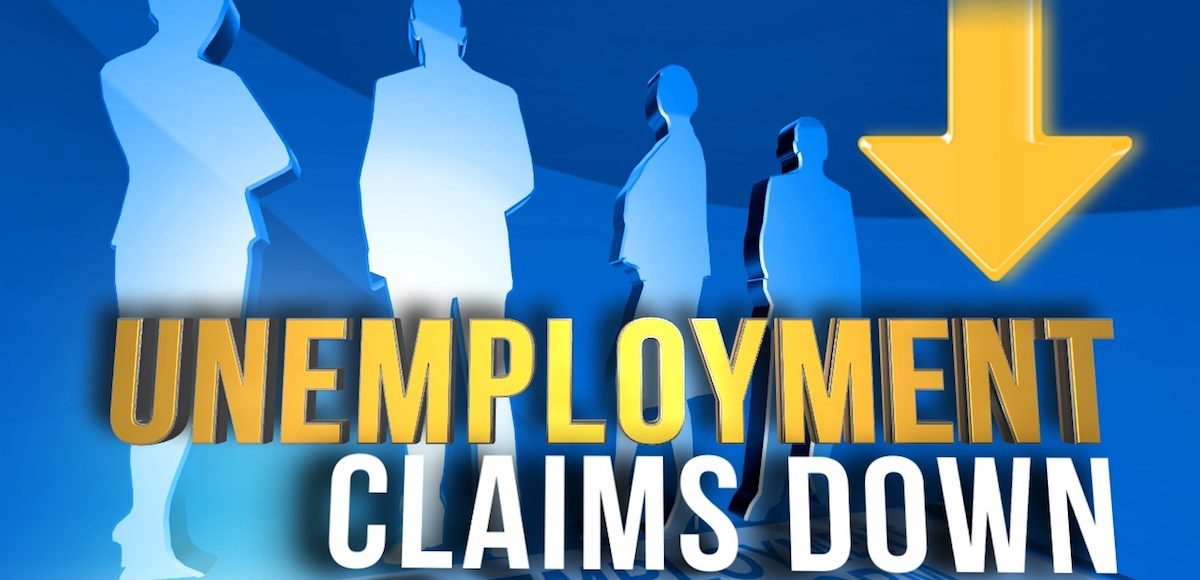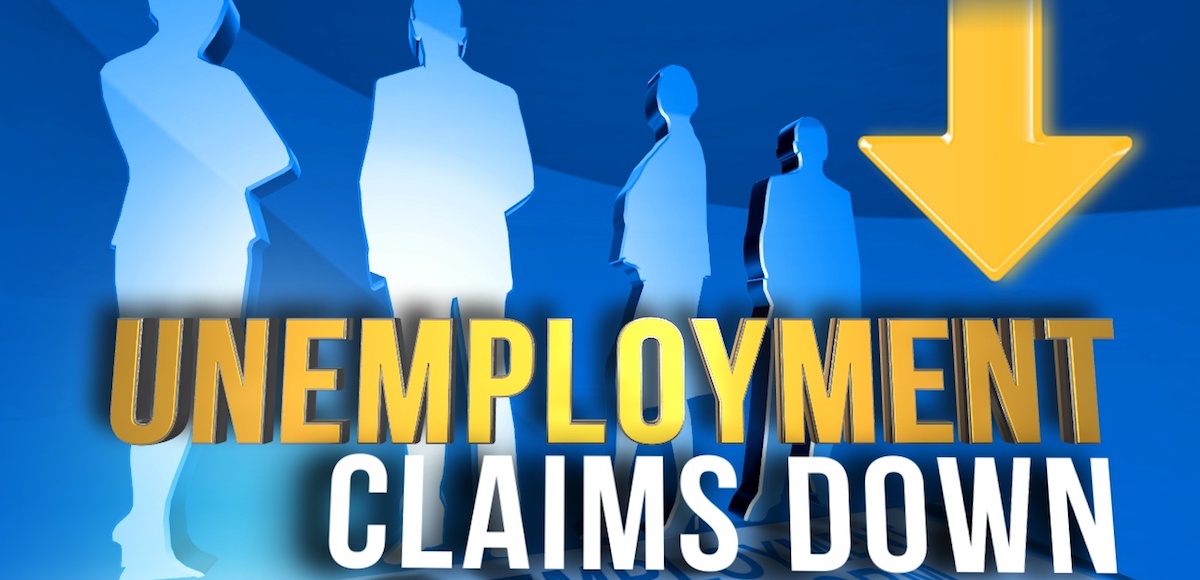

Weekly Jobless Claims Graphic. Number of Americans applying for first-time jobless benefits.
The Labor Department said Thursday first-time jobless claims fell 2,000 to a seasonally adjusted 238,000 for the week ending November 25, beating the median forecast. The report shows demand for labor is at historic lows on several key measures.
The previous week’s level was revised up by 1,000 from 239,000 to 240,000.
The 4-week moving average came in at 242,250, an increase of 2,250 from the previous week’s revised average. The previous week’s average was revised up by 250 from 239,750 to 240,000.
Extended benefits were available in Alaska during the week ending November 11.
Data for lagging continuing claims were particularly positive. The advance unadjusted insured unemployment rate was 1.1% during the week ending November 18, a decrease of 0.1%. The advance unadjusted number for persons claiming UI benefits in state programs totaled 1,612,663, a decrease of 110,981 (or -6.4%) from the preceding week.
The seasonal factors had expected a decrease of 145,552 (or -8.4%) from the previous week. A year earlier the rate was 1.3% and the volume was 1,746,231.
The highest insured unemployment rates in the week ending November 11 were in the Virgin Islands (7.6), Puerto Rico (5.1), Alaska (3.4), New Jersey (2.2), California (2.0), Connecticut (1.9), Montana (1.8), Pennsylvania (1.8), Illinois (1.6), Massachusetts (1.6), Nevada (1.6), and Washington (1.6).
The largest increases in initial claims for the week ending November 18 were in California (+6,100), Missouri (+3,904), Illinois (+3,819), Pennsylvania (+2,510), and Michigan (+2,296), while the largest decreases were in Massachusetts (-725), Montana (-378), New York (-78), and Rhode Island (-60).





